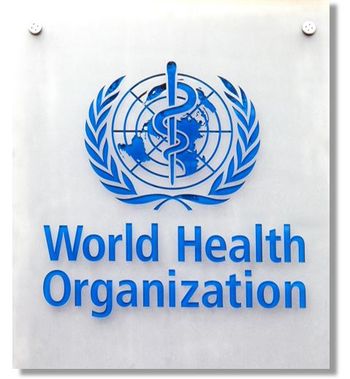
Weight-Loss Surgery Grows More Common Among Adolescents
NEW BRUNSWICK, N.J. -- Bariatric surgery in morbidly obese teenagers more than tripled between 2000 and 2003, researchers here reported.
NEW BRUNSWICK, N.J., March 5 -- Bariatric surgery in morbidly obese teenagers more than tripled between 2000 and 2003, researchers reported.
Although the procedure is still uncommon among teens, the annual case volume for adolescents varied little between 1996 and 2000 but more than tripled from 2000 to 2003 (rate ratio, 3.3; 95% CI 1.4-5.2, P=.001), according to a report in the March issue of the Archives of Pediatric and Adolescent Medicine.
Only 771 bariatric procedures (gastric bypass or gastroplasty) were done for adolescents in 2003, representing fewer than 0.73% of 105,473 nationwide bariatric procedures, said Randall Burd, M.D., Ph.D., of the University of Medicine and Dentistry of New Jersey here, and colleagues.
The findings came from the Nationwide Inpatient Sample of community hospitals from 1996 to 2003 for adolescents (ages 10 to 19) and adults (ages 20 and older).
During those years, 566 adolescents in the sample hospitals had a bariatric procedure, representing a national estimate of 2,744 adolescents having the surgery during this period, the researchers said.
Although 69.9% of the adolescents were female, the proportion of female adolescent patients was significantly lower than the number of female patients in the adult group, the researchers reported.
In addition, unlike adult patients, 89% of the teenagers had no comorbid conditions, and significantly fewer comorbid conditions were documented in the younger group.
Overall, major complications were similar in the two groups, with respiratory complications being more common among the teenagers, affecting 84.4% of the adolescents and 67.5% of the adults.
Univariate comparison with data from 2003 showed a similar in-hospital complication rate in adolescents and adults but a significantly shorter length of stay among adolescents (mean 3.2 days versus mean 3.5 days, P<.001), the researchers found.
Although in-hospital mortality was 0.2% for the adults, there were no in-hospital deaths for the adolescents.
The average hospital charges were 15% lower for adolescents than for adult hospitalizations in 2003, the researchers reported. Similar to the adults, most of these adolescents had private insurance and had surgery at similarly types of hospitals.
Using the current data, the researchers said they could not determine whether the lower frequency of comorbid illness in adolescents was due to more obesity-related complications in adults, age-related comorbidities independent of obesity, or age-related differences in patient s selection.
Also, they said, because NIS data did not permit identification of post-discharge complications, readmissions, or out-of-hospital deaths, a full evaluation of the long-term safety and efficacy of bariatric procedures in adolescents was not possible.
More studies will be required for adequate risk adjustment, such as BMI (lacking in this study) and presence or severity of comorbid illness, they noted. Also shorter hospital stays may have decreased the likelihood that post-op mortality would be captured by in-hospital data.
These data support efforts to align bariatric surgery programs for adolescents initially with higher volume programs for adults and to develop multicenter collaborative studies directed at defining the short- and long-term effect of bariatric surgery in morbidly obese adolescents, Dr. Burd and his colleagues said.
Early surgical intervention for a morbidly obese person may be preferable to delayed intervention after decades of exposure to the health effects of morbid obesity, they concluded.
Newsletter
Enhance your clinical practice with the Patient Care newsletter, offering the latest evidence-based guidelines, diagnostic insights, and treatment strategies for primary care physicians.






















































































































































































































































































